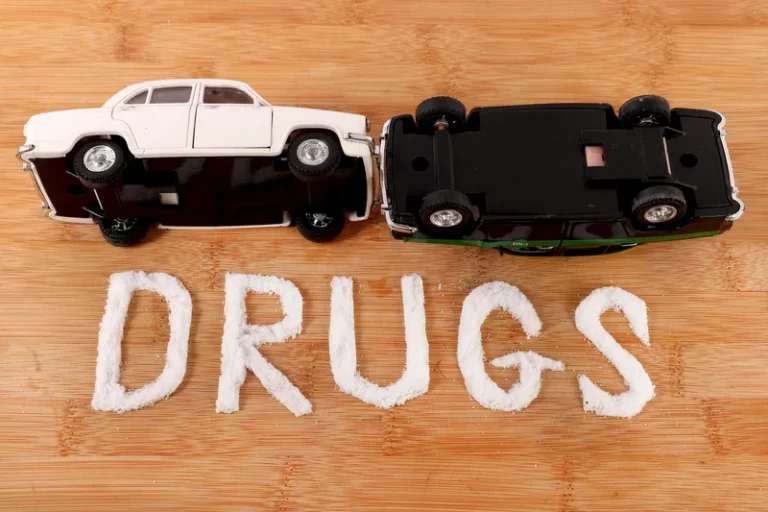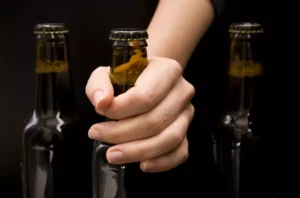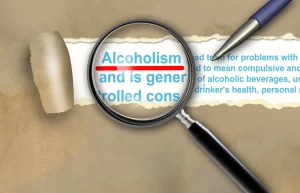
Whenever we hear the word “overdose,” images of powerful prescription medications, probably hard drugs, come to mind. And chances are, you’ve never even https://ecosoberhouse.com/ thought about an ibuprofen overdose. However, it turns out that this relatively mild pain reliever can put your health in danger. Your medical condition and treatment response will determine the dosage.
- Ibuprofen is processed in the liver in oxidation and conjugation with glucuronic acid.
- Complicated chemical pathways in your body result in chemicals being released if there’s inflammation or damage in any one part of your body.
- While an Ibuprofen dependency can be debilitating, there is hope in finding freedom from this.
- Ibuprofen reduces pain, fever, swelling, and inflammation by blocking the production of cyclooxygenase (COX)-1 and COX-2.
- We have experts ready to inform you about safe and unsafe Ibuprofen and over-the-counter drug uses and addictions.
- Ibuprofen is not ‘addictive’ in the physical sense, but there can certainly be a psychological dependency risk when combined with other drugs or alcohol.
Connection Between Ibuprofen Misuse and Addiction to Other Substances
Inform your doctor or pharmacist about allergies before using ibuprofen, aspirin, or other NSAIDs (such as naproxen or celecoxib). Inactive chemicals in this product have the potential to trigger allergic reactions or other issues. Contact your doctor or pharmacist if you have any other side effects not covered above. Ibuprofen is primarily used for fever, pain, and dysmenorrhea (menstrual pain).

Diagnosing an Ibuprofen Addiction

If a person takes ibuprofen by mouth, they should notice the effects can you get addicted to ibuprofen after 20–30 minutes. Dr. Morgan talks about the risks and how to take ibuprofen correctly, sparingly and responsibly. Nearly half of parents are worried that their children are spending too much time playing online games. There are also concerns over violent games affecting their sleep and making children less sociable.

Would Ibuprofen help with muscle pain?
Without professionally treating and addressing these possible underlying issues, a dependency on ibuprofen can continue. While Ibuprofen is not physically addictive, the continued use of the drug can present physical risks and hazardous consequences. Many individuals may find it necessary to take painkillers, such as Ibuprofen, on a long-term basis in order to manage chronic and severe pain, just as back pain from an injury or joint paint from arthritis. While Ibuprofen is not physically or psychologically addictive, a person may become physically dependent in order to maintain their activity level by controlling pain.
- Special care should be taken in controlling even moderate pain for certain groups, such as pregnant women.
- When someone abuses an OTC medication, they will disrupt their body’s physical health.
- It is part of the non-steroid anti-inflammatory medications (NSAIDs) that patients will often take to treat muscle pain, headaches and joint pain.
- Over 11% of ibuprofen users take over the prescribed dosage and have the potential to become dependent on the medication.
If you suspect that you or a loved one have an ibuprofen addiction, Francis recommends seeing a licensed mental healthcare professional right away. Ibuprofen is a medication classified as a nonsteroidal anti-inflammatory drug (NSAID). People take ibuprofen for fevers, aches and pains, headaches, stiffness, and swelling. People who are athletic or work in physically demanding jobs will often reach for a bottle of ibuprofen for pain relief.

- Lower back pain, chronic muscle pain or tension headaches are some of the reasons why patients require these types of medications.
- Many prescription drugs and over-the-counter medications cannot be combined with alcohol and may cause serious side effects when ingested at the same time as alcohol.
- These practices encourage mindfulness, self-care, and emotional healing – essential components in fostering a healthier lifestyle for yourself and those around you.
- Ibuprofen is primarily used for fever, pain, and dysmenorrhea (menstrual pain).
- Ingesting this drug can come in handy when you’re sick, injured, or recovering from surgery.
Acetaminophen can be a good choice for general pain relief and is safe for pregnant women, but it’s not recommended for people with liver problems. Out of all the NSAIDs in circulation, Ibuprofen is one of the safest in terms of side effects. Aspirin was found to have side effects 20 percent of the time compared to 1.5 percent of Ibuprofen users and 1 percent of placebo patients. Like all members of this family, however, patients that take this medication for too long a period will most likely have some type of gastrointestinal ulcers, chronic kidney disease or bleeding disorder.











